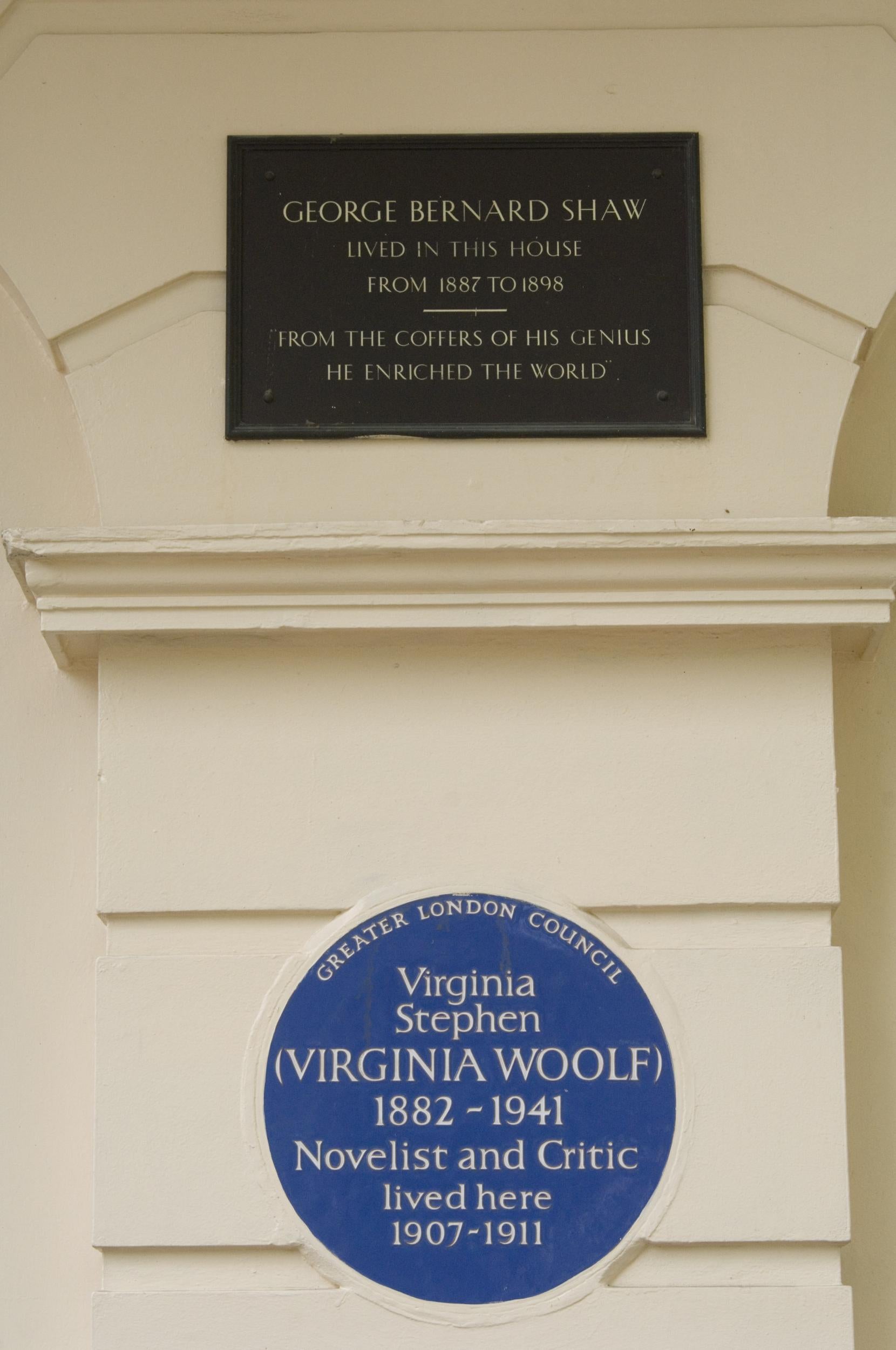The Independent's journalism is supported by our readers. When you purchase through links on our site, we may earn commission.
English Heritage calls for more blue plaques dedicated to women
Only 14 per cent of the blue plaques in London commemorate women
Your support helps us to tell the story
From reproductive rights to climate change to Big Tech, The Independent is on the ground when the story is developing. Whether it's investigating the financials of Elon Musk's pro-Trump PAC or producing our latest documentary, 'The A Word', which shines a light on the American women fighting for reproductive rights, we know how important it is to parse out the facts from the messaging.
At such a critical moment in US history, we need reporters on the ground. Your donation allows us to keep sending journalists to speak to both sides of the story.
The Independent is trusted by Americans across the entire political spectrum. And unlike many other quality news outlets, we choose not to lock Americans out of our reporting and analysis with paywalls. We believe quality journalism should be available to everyone, paid for by those who can afford it.
Your support makes all the difference.You’ve seen them dotted outside homes all over London, dedicated to some of the nation’s most notable figures in arts, science and politics – but the majority of the city’s famous blue plaques celebrate men.
In fact, just 14 per cent of the 900 plaques commemorate women – a figure that English Heritage, which runs the blue plaque scheme, have admitted is “far too low”.
Now, the organisation is calling on the British public to nominate women from history to rectify the balance.
“The London blue plaques scheme is over 150 years old and the dominance of plaques to men reflects a historic blindness to both the role women have played in our society and the type of roles deemed worthy of celebration,” said Anna Eavis, curatorial director and secretary of the English Heritage blue plaques panel.
“At English Heritage we’ve long recognised this and have been doing what we can to address it, but the blue plaques scheme relies on public nominations, and we need their help.

“This year’s centenary of the first votes for women has brought about an increased urgency to rebalance the record of women’s contribution to history. We really hope this enthusiasm will be translated into lots more nominations and ultimately more blue plaques for women.”
The blue plaque scheme, which commemorates people from history by placing a circular plaque outside their home, was launched in 1866.
The first one was dedicated to Lord Byron, and it wasn’t until 10 years later that a blue plaque was devoted to a woman, with actor Sarah Siddons being the first.
Since then, Virginia Woolf, Agatha Christie and George Eliot are among female literary figures to have been honoured.
Meanwhile, in other fields, DNA scientist Rosalind Frankel, politician Nancy Astor and Ada Lovelace, the first computer programmer, are among the pioneers to have been given plaques.
English Heritage’s latest call for nominations comes two years after the charity launched its “plaques for women” campaign.
While this prompted an increase in the number of plaques dedicated to women, with recipients including botanist Agnes Arber and food writer Elizabeth David, the majority of nominations coming in at the time were still for men, hence the new push.
In order to nominate a woman from history for a blue plaque, check they don’t already have a plaque first – you can use English Heritage’s “Find a Plaque” tool to do this.
They must have been dead for at least 20 years and have a London-based building associated with them.
Then, all you have to do is briefly outline your choice in an email to plaques@englishheritage.org.uk.

Join our commenting forum
Join thought-provoking conversations, follow other Independent readers and see their replies
Comments